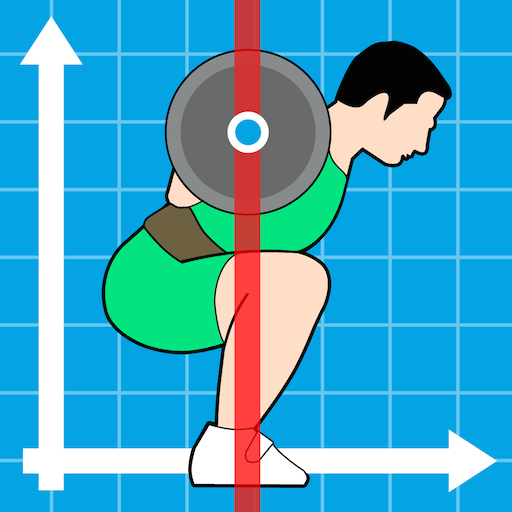How important is proper form?

Fitness coaches often like to correct issues with the form or technique of their students' performance of an exercise. But how important is proper form? Is it just a made-up way for coaches to look smart?
There are a few reasons why form can be important.
-
Building the specific muscles we want to train. Form is what determines which muscles are affected by our exercises. Our technique affects the relative position of our body, limbs, and any weights or external loads we are working against, which will in turn affect what leverage we have at each joint against the load we are trying to move, as well as our range of motion. Changes in leverage affect how hard a muscle will work, and which muscles will have to work harder. This can affect which mucle is the limiting factor in an exercise, and therefore, which muscle will receive the most benefit from that exercise.
For example, when we alter depth in the squat, we alter the point at which the movement is most difficult. The most difficult point of the squat is at the bottom, where we have reverse the motion of the weight from going down to going back up. If we do a deep squat, our posture at the bottom of the squat will have our hip adductors stretched, and will thus cause them to contribute to the movement back up. But if we do a partial depth squat, we won't end up engaging those muscles very much, and we will just end up engaging the glutes and quads, whereas in the full depth squat, we would engage all three.
Another example: if we do a low bar squat instead of a high bar squat (placing the bar below the spine of scapula instead of above), we alter the horizontal distances of the hip and knee joints from the barbell at the bottom of the exercise. In doing so, we shift part of the load of the exercise from the knee extensors (e.g. quads) to the hip extensors (e.g. glutes and hamstrings). Since the knee extensors tend to be the limiting factor in the squat, this allows us to lift a slightly heavier weight with the low bar technique. However, since the knee extensors remain the limiting factor in both exercise variations, the stimulus to the quadriceps is likely identical, but the primary hip extensor in the squat gets to work a little bit harder whenever we use a low bar position.
- Standardizing our form is how we can measure ourselves against our future selves - and against other people. When we pay attention to our form, and are strict with moving in the same way each time we perform an exercise, for each set and each rep, it allows us to properly quantify our improvements over time. If we do three squats, then pause and shift the bar slightly on our shoulders, and then finish two more reps, we likely altered which muscles we were training part way through - which means we don't know for sure if we truly could have completed the reps had we kept the bar in the initial position. Not keeping consistent form makes it difficult to know when you are ready to progress to a higher weight.
- Avoiding injury. This is probably the most commonly sited reason for practicing "good" technique. It is certainly valid, although it may be somewhat overused. Exercises with very heavy weights, such as a squat or deadlift, or exercises with dynamic movements, such as kettelbell swings or snatches, or where you are in a compromised position relative to the weight, like bench presses, certainly do pose a risk of injury if performed improperly. And for these movements, extra special care should be taken to heed the particular aspects of the form that will help prevent injury.